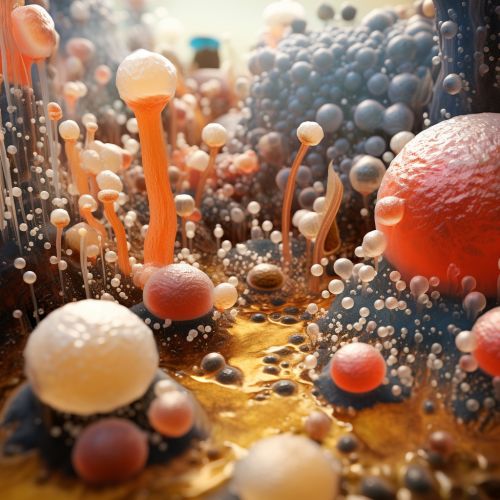Mechanisms of Lateral Gene Transfer in Microbial Communities
Introduction
Lateral gene transfer (LGT) is a process by which genetic material is transferred from one organism to another that is not its offspring. This process is a significant evolutionary force, particularly within microbial communities, where it facilitates rapid adaptation to changing environments. This article explores the mechanisms of lateral gene transfer in microbial communities, delving into the various methods and their implications for microbial evolution and adaptation.


Mechanisms of Lateral Gene Transfer
There are three main mechanisms of lateral gene transfer: transformation, transduction, and conjugation. Each of these mechanisms involves different processes and has unique implications for microbial communities.
Transformation
Transformation is a process by which a bacterium takes up naked DNA from its environment. This DNA can come from a variety of sources, including dead cells that have released their genetic material into the environment. Once the DNA is taken up by the bacterium, it can be integrated into the bacterium's genome, providing it with new genetic traits.
Transduction
Transduction involves the transfer of DNA from one bacterium to another via a bacteriophage, a type of virus that infects bacteria. The bacteriophage injects its DNA into the host bacterium, and this DNA can be incorporated into the host's genome. This process can result in the transfer of genes between bacteria, even those of different species.
Conjugation
Conjugation is a process by which two bacteria come into direct contact and transfer DNA from one to the other. This process involves a specialized structure called a pilus, which forms a bridge between the two cells. The DNA is then transferred across this bridge, allowing the recipient cell to acquire new genetic traits.
Implications for Microbial Communities
The mechanisms of lateral gene transfer have significant implications for microbial communities. They allow for the rapid spread of beneficial traits, such as antibiotic resistance or metabolic capabilities, across a community. This can result in increased adaptability and survival in changing environments.
Conclusion
Lateral gene transfer is a critical process in microbial communities, driving their evolution and adaptation. The mechanisms of transformation, transduction, and conjugation each play a role in this process, facilitating the transfer of genetic material between organisms. Understanding these mechanisms and their implications is essential for understanding microbial ecology and evolution.
